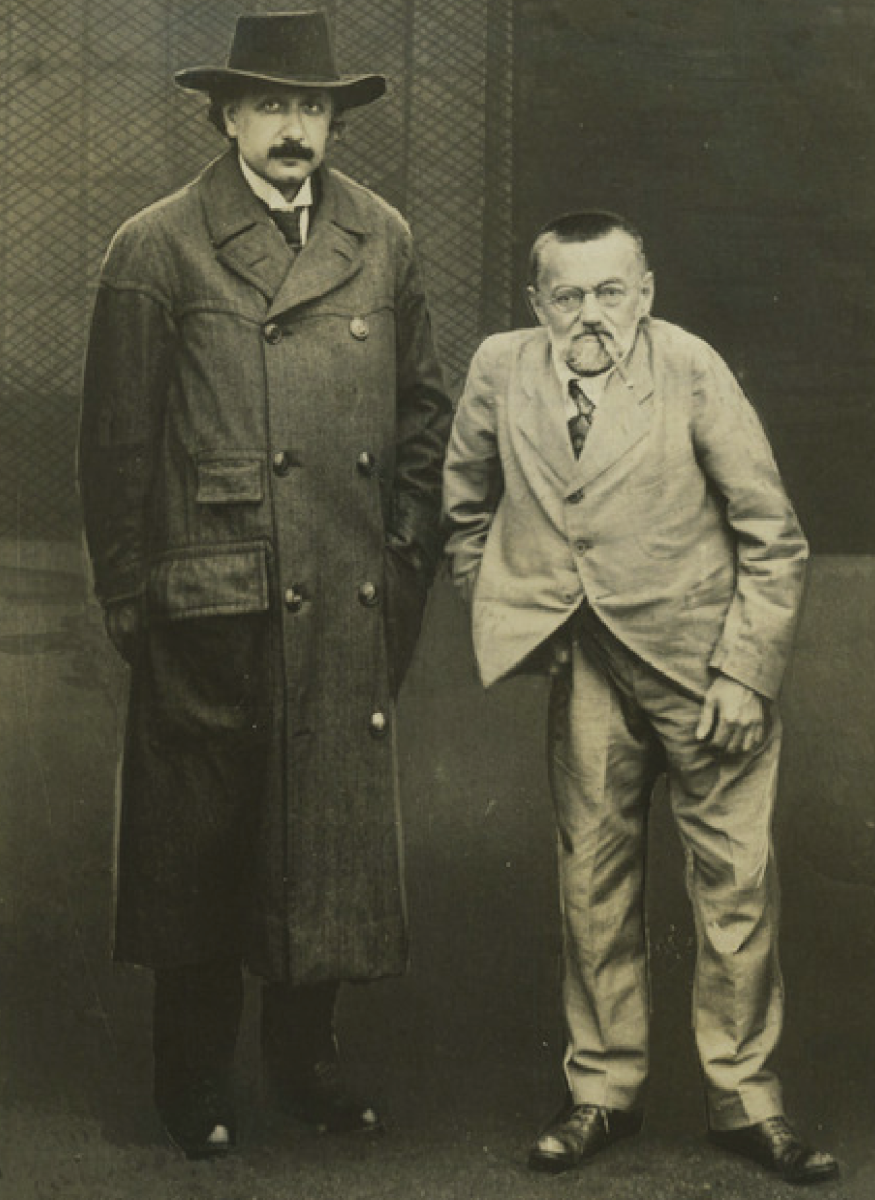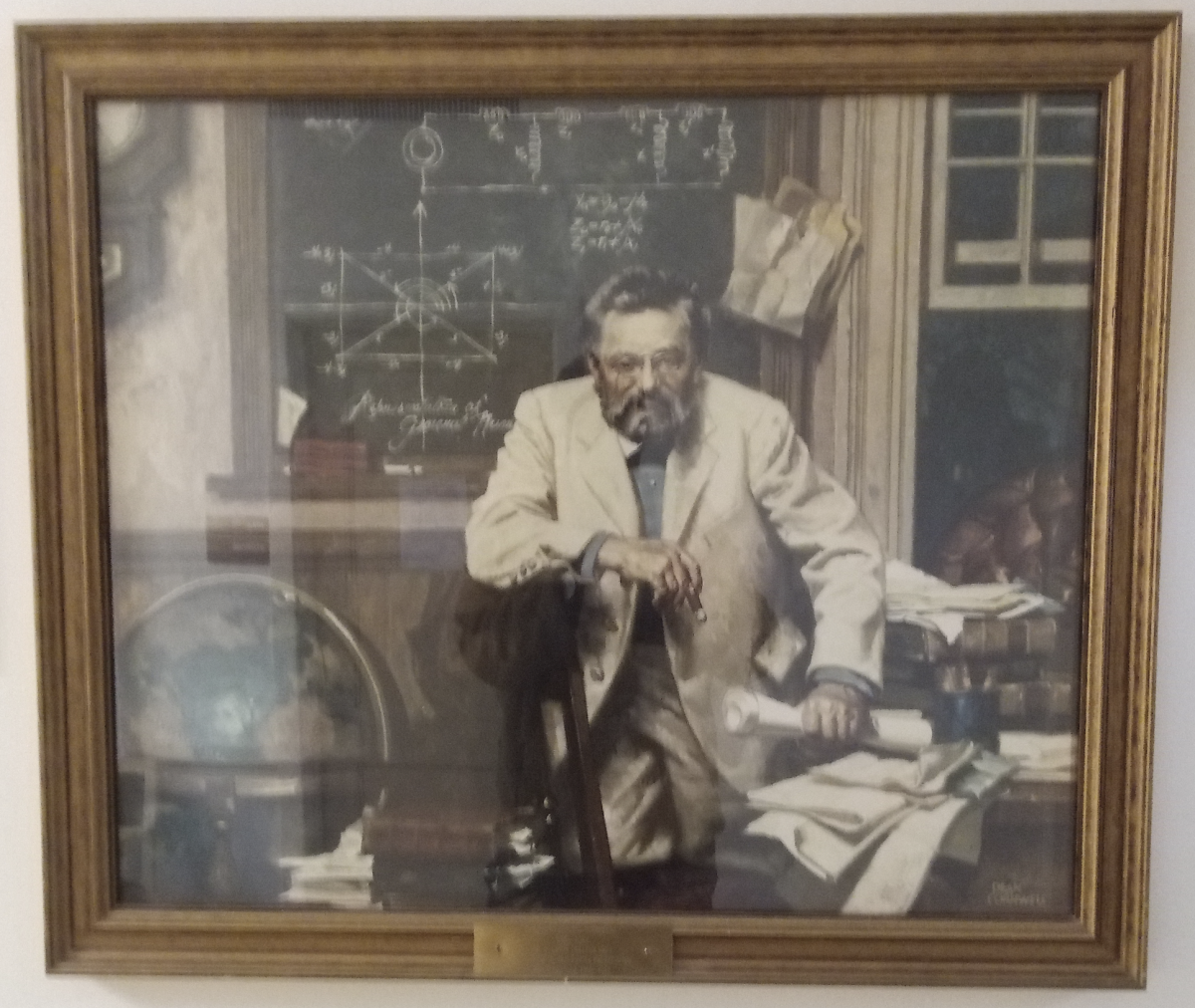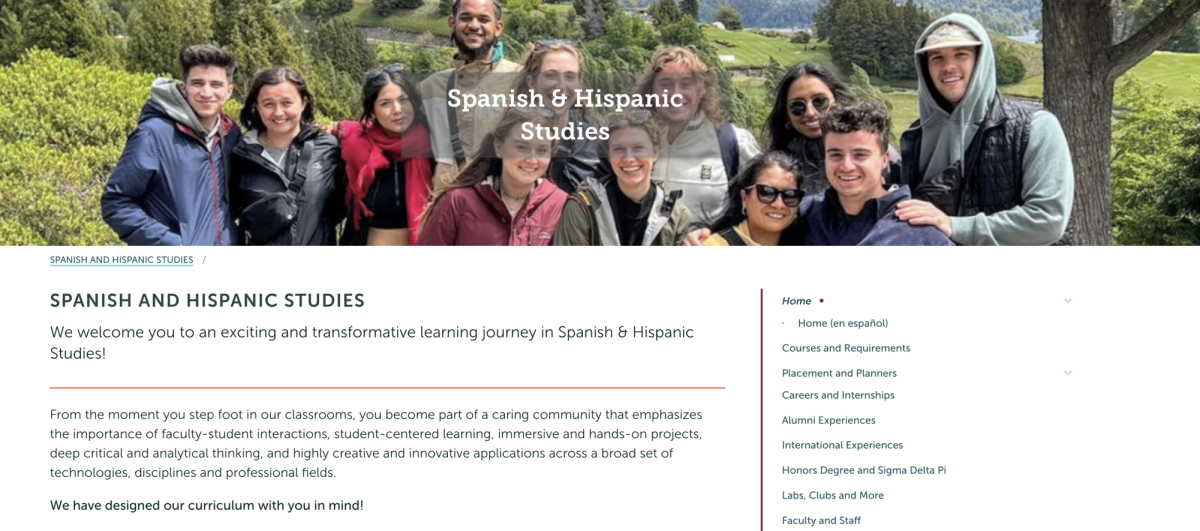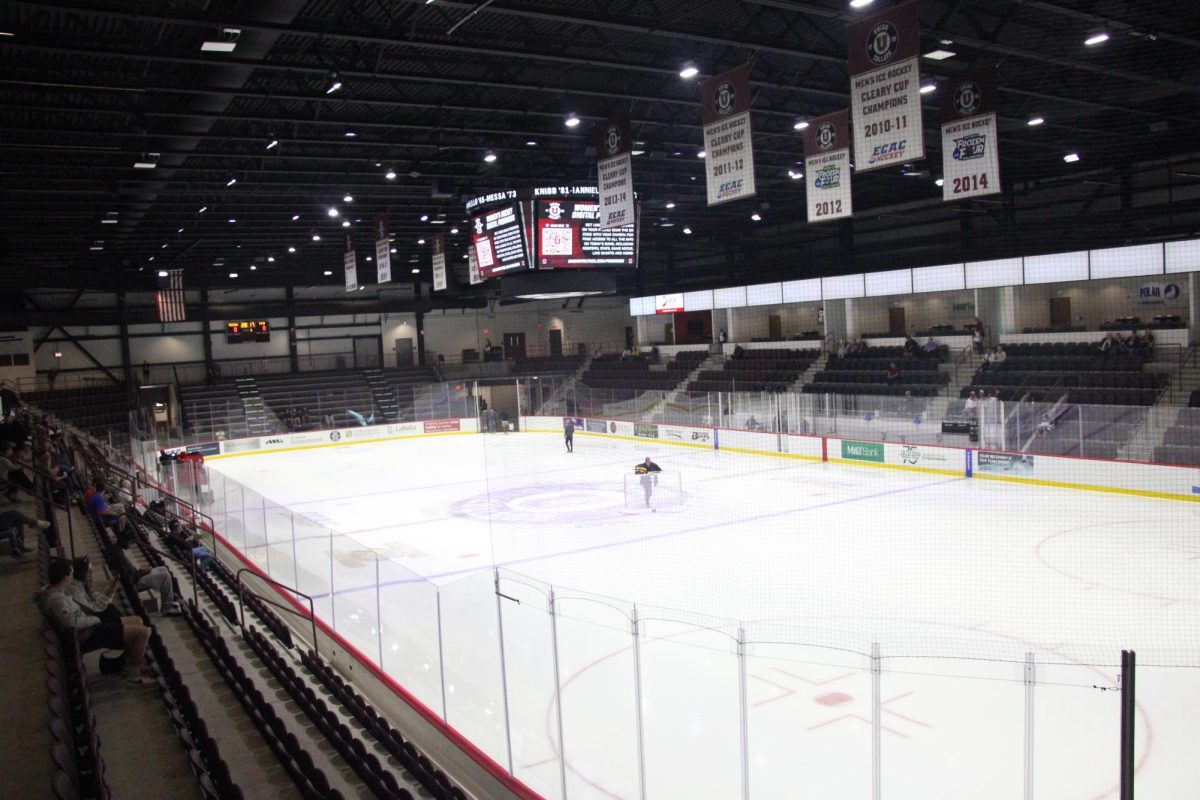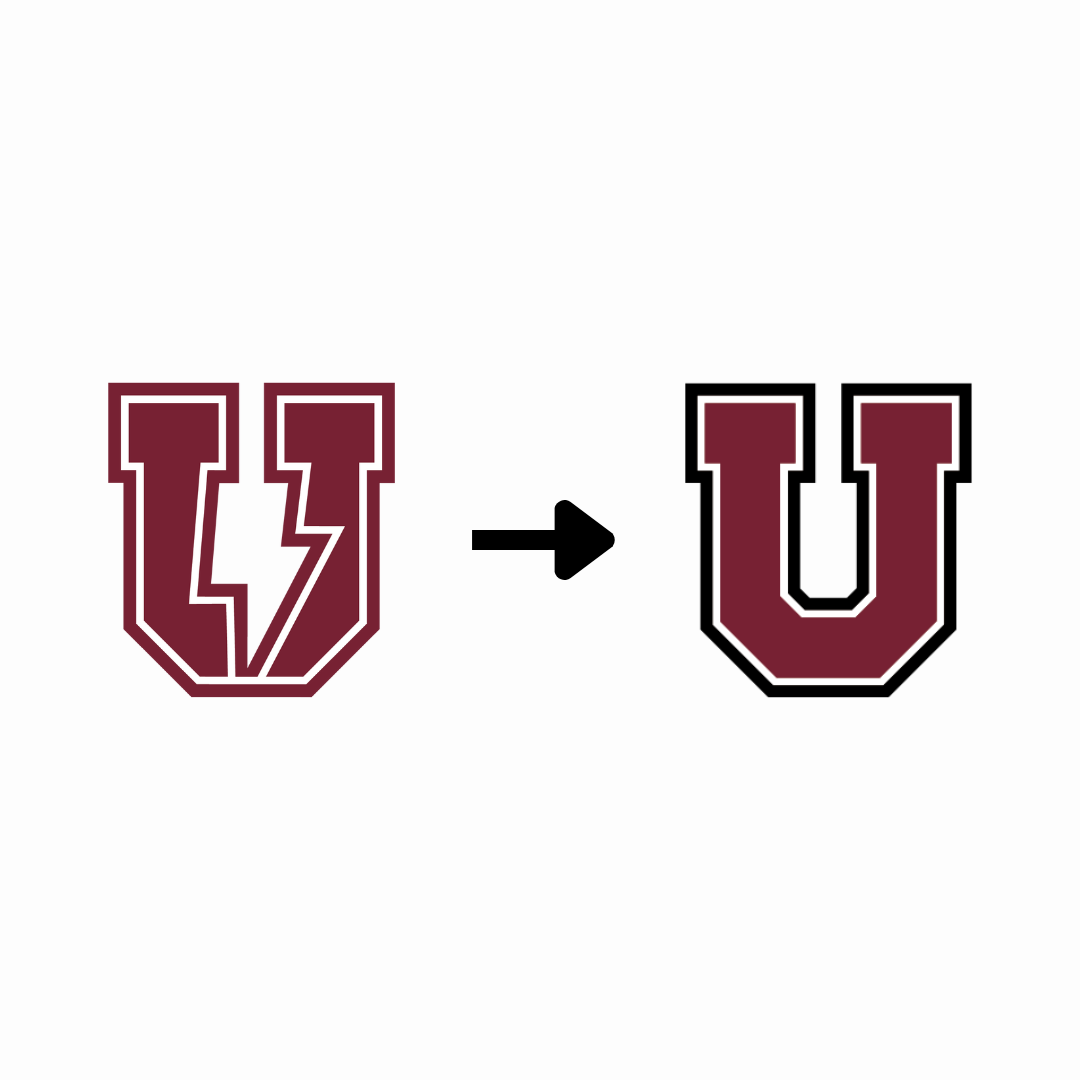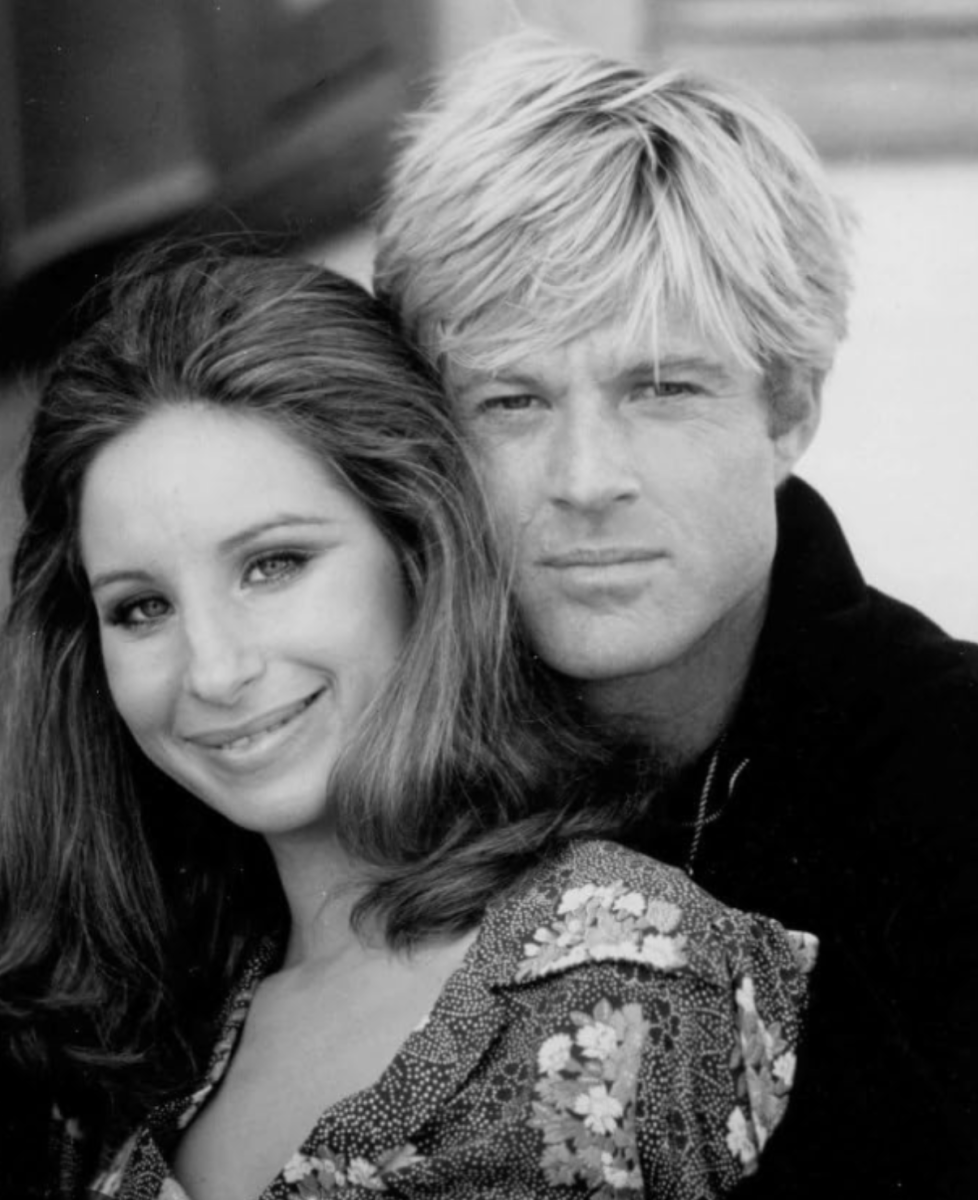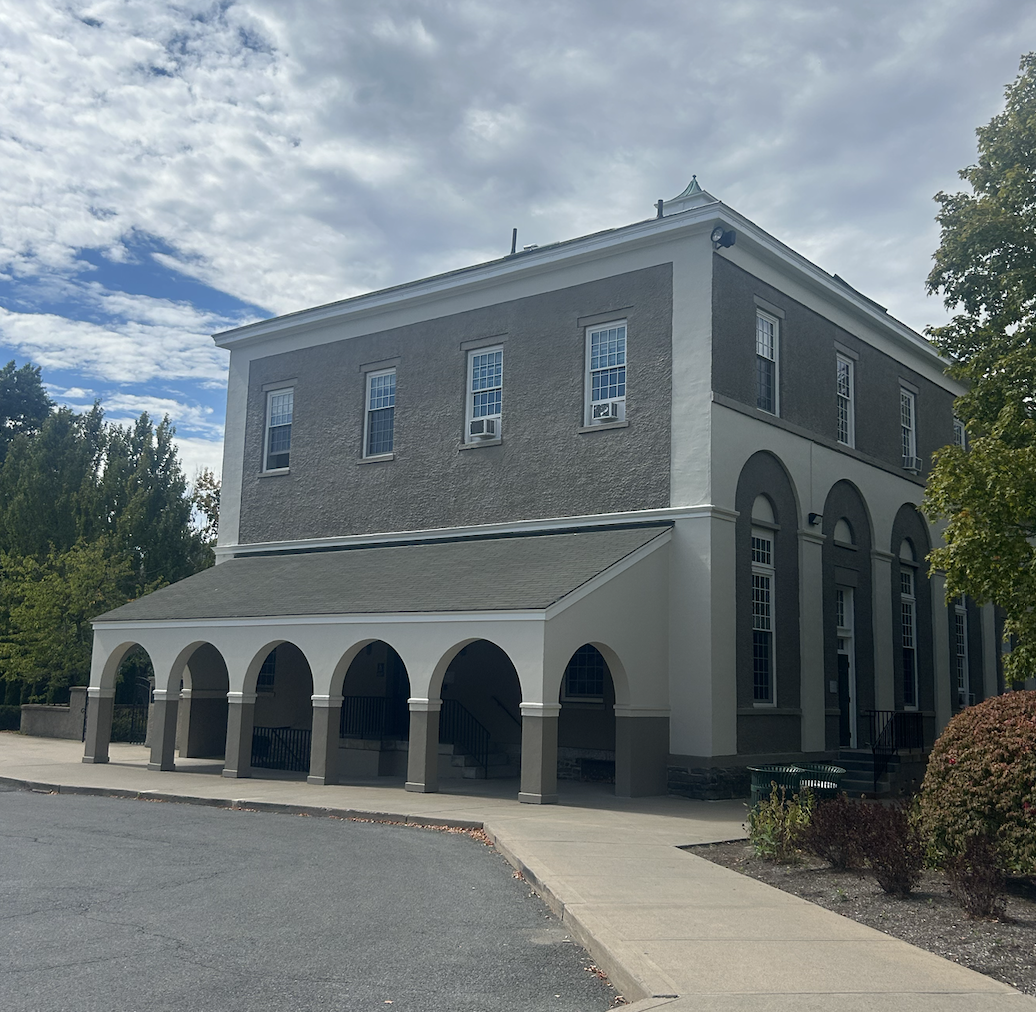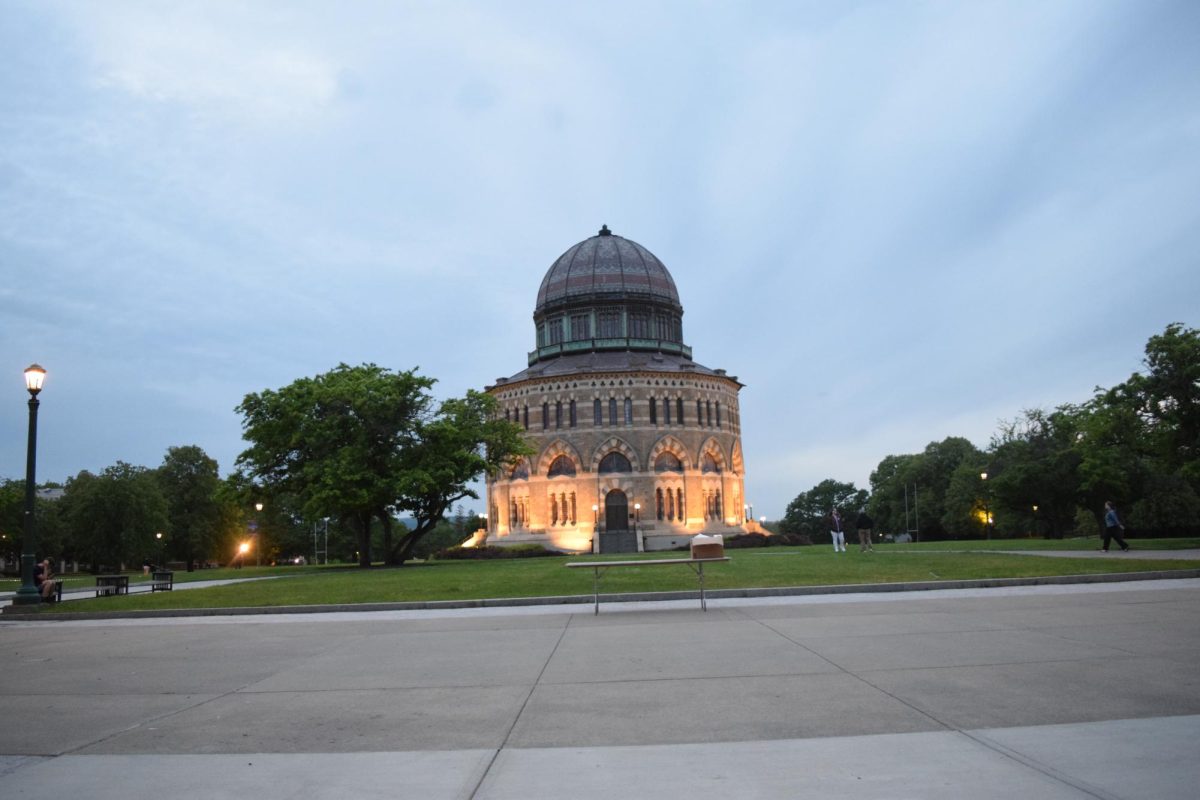Electricity tops the list of human created marvels. Virtually every modern endeavor needs it. Engineers and inventors who made it happen were celebrated. Edison and Westinghouse and Steinmetz were household names.
Clumsy lanterns fueled by slaughtered whales could be eliminated by the electric light invented by Thomas Edison, but it would require new industries and education.
Edison started what became the General Electric Company in Schenectady. Recruited in 1894 was a severely handicapped dwarf named Charles Proteus Steinmetz. He had escaped the threat of prison as a student socialist in Germany.
Only 1% of homes had electricity when Steinmetz arrived. Schenectady was soon called The Electric City, and Steinmetz called The Wizard. He also started electrical engineering at Union College.
Steinmetz also became a notable citizen with many interests. Steinmetz became president of the school board. He worked with notable Socialist mayor George Lunn to establish public parks. Other interests of his included the world’s first flying club and trick photography. His restored electric car is displayed and used to transport dignitaries at commencement.
I resided in Steinmetz Hall for thirty years as an engineering professor, while also researching electric history, and delivered related talks about how Edison started our modern electric world with the light bulb, and how George Westinghouse, who also attended Union College, moved electricity over long distances with high voltage alternating current, which Steinmetz improved and educated on.
Steinmetz also volunteered at the STEM inspired Steinmetz Exploratorium and Edison Tech Center, and the related long arduous citizenship tasks of creating bronze statues of Steinmetz and Edison and Westinghouse at corner plazas in downtown Schenectady.
In addition, he initiated the bronze statues of Union College alumnus William Seward and Underground Railroad icon Harriet Tubman at the Schenectady Public Library. The theme is leaders, friendship and diversity.
Steinmetz Hall, built in 1930, is named in his honor and is slated for demolition after the completion of the new Electrical Engineering Building, with funding from alumni Mary and Richard Templeton.
On display at the entry to Steinmetz Hall is a portrait of Charles Steinmetz in front of a blackboard filled with diagrams. The Nott Memorial is shown through the window. I suggest moving this picture to the new building. It will preserve heritage and can stimulate curiosity and inspire future faculty and students.


